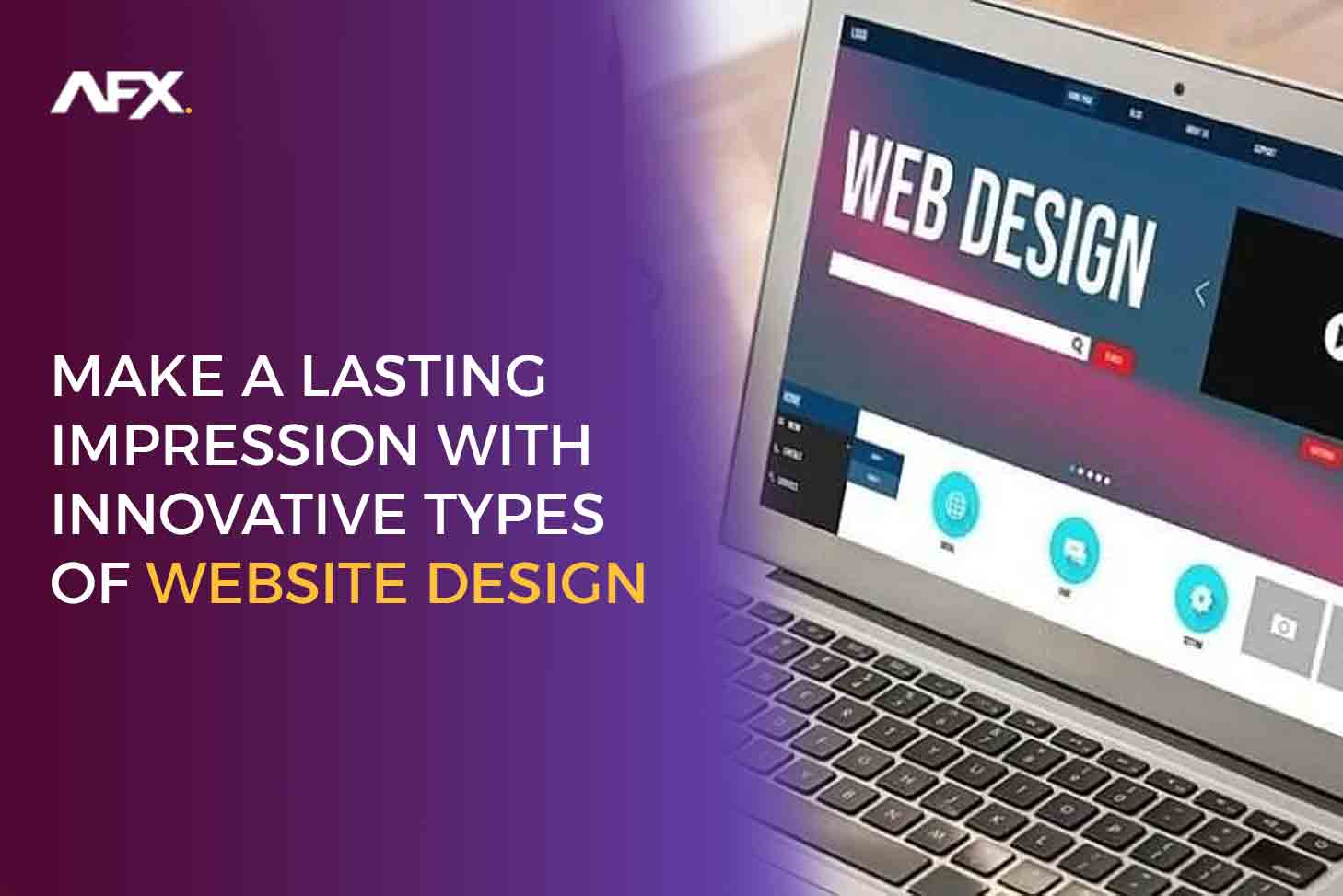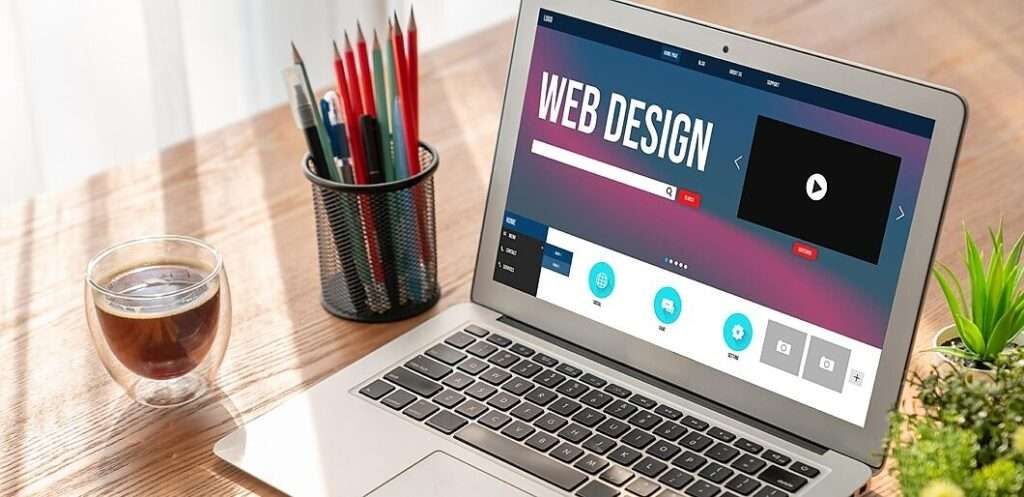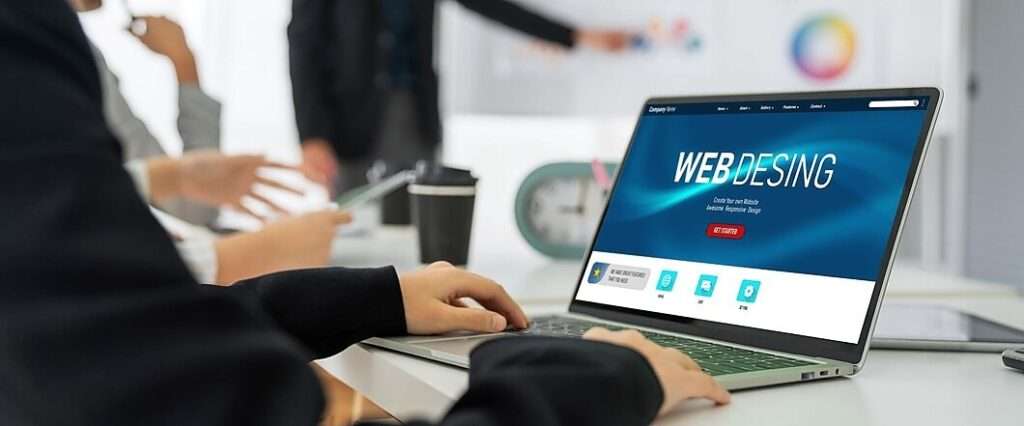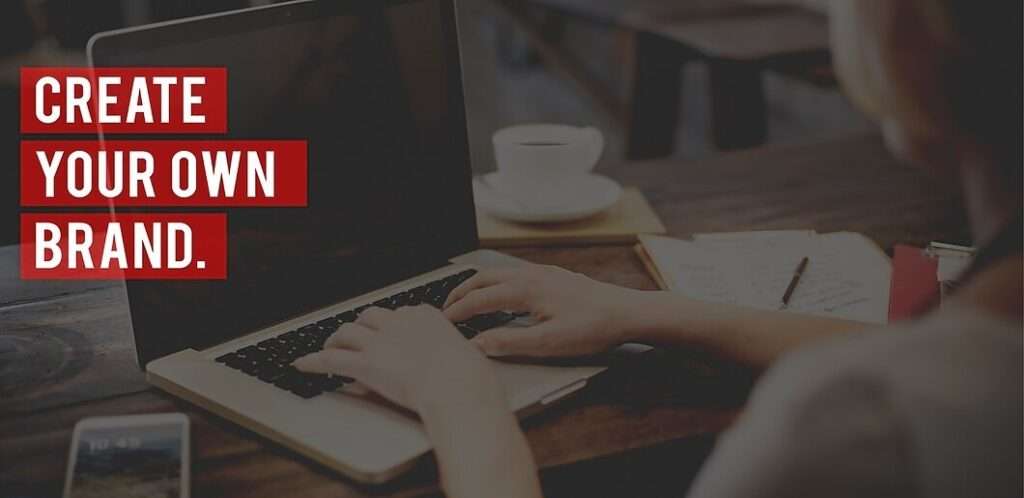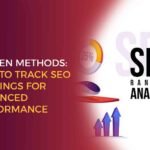- Amelia Sabestine
- 0 Comments
- 1008 Views
A strong internet presence is crucial in today’s competitive marketplace.
However, it is not sufficient to merely have a website.
A well-designed website may boost a business in many ways, including its exposure, sales, and revenue. Knowing which types of website design work best for your business can help you create a website that is both visually appealing and functional.
In order to assist you make the most suitable choice for your company, this blog will explore the most prevalent types of web design formats for you to choose from.
Elements To Add For Different Types Of Website Design
When making a website, it’s important to strike a balance between aesthetics and practicality. Including these will increase the site’s usefulness and efficiency. The interface, visuals, photos, content and placement, and color scheme are all areas you may work on to make your site more user-friendly. How well your site loads, how it ranks in search results, and how simple it is to locate and use are all indicators of its effectiveness.
Visual Elements
The term “visual elements” is used to describe those parts of a website’s design that are focused on its visual impact. They are essential for attracting customers, communicating the brand’s values, and providing a pleasant aesthetic experience. Some fundamental visual components of web design are as follows:
- Layout
The layout of a website is what decides how everything is laid out. The layout involves the placement of various elements such as headers, content sections, sidebars, navigation menus, and others. A well-designed layout guarantees an effectively organized, easily readable, and aesthetically pleasing structure.
- Color Scheme
The color scheme refers to the deliberate choice and implementation of the site’s primary color(s). It determines the aesthetic direction, atmosphere, and overall impact of the design. Emotions, brand recognition, and user attention can all be influenced by the palette. A unified and memorable color scheme aids in creating a positive user experience.
- Typography
Website typography includes the selection, formatting, and layout of textual elements. It includes things like titles, paragraphs, links, and buttons. When done well, typography may improve readability, establish the tone of the material, and convey the character of the brand. The combination of the right fonts in the right sizes gives any document an impression of professionalism.
- Images And Graphics
Graphics and images are valuable visual components that improve the design and encourage more interaction from the audience. Visual elements might be anything from an image to an illustration to an icon to a logo. Websites with graphics that are both aesthetically pleasing and well-optimized (in terms of resolution and file size) load more quickly. Images should complement the layout and convey the correct sense of professionalism.
- White Space
What we call “white space” or “negative space” is the region of a design that is devoid of any components. It creates white space, which is great for the eyes and helps with readability and clarity. Making effective use of white space helps your text and visuals really pop, establishes harmony, and prevents a cluttered look.
- Branding And Visual Identity
Brands rely heavily on visuals to communicate their values and establish a sense of familiarity among their target audiences. This involves using the brand’s established visual features, such as its logo, color scheme, and typeface. Maintaining a unified brand image helps customers remember and have faith in your business.
Functional Elements
Web functionality in website design types is all about making things easy to use and interact with and providing a consistent experience for the end user. These components help visitors get about the site, use its features, and complete their goals. Some key functional features include:
- Navigation
Menus, links, buttons, and other tools are all examples of navigation components that help people navigate a website. A smooth and uncomplicated navigation system aids in discovery speeds up the time it takes to locate specific content, and generally improves the user experience.
- Forms And Input Fields
Users are able to submit information, make purchases, sign up for newsletters, and do other actions on the website through the usage of forms and input fields. Forms that are easy to fill out, look nice, and have clear instructions are more likely to be used.
- Calls To Action (CTAs)
Calls to action (CTAs) are large buttons or links that prompt users to perform desired tasks, such as buying a product, subscribing to a service, or downloading a file. Calls to action that are effective are noticeable visually, have appealing language, and make the desired user action very clear.
- Responsive Design
Because of the explosion of mobile devices, adaptive layouts are essential. Web pages with responsive design features render correctly on a wide range of devices. In order to deliver a constant and optimum experience for users, responsive design features such as fluid layouts, scalable pictures, and touch-friendly interactions are implemented.
- Buttons
Buttons are clickable or touchable items that initiate a predetermined sequence of events. They help you accomplish things like sending off a form, starting a download, going to a new page, etc. To stimulate user involvement, buttons should stand out visually and be simple to spot.
- Search Functionality
Websites with built-in search bars make it easier for visitors to find what they need. Users can type their questions into a search bar, and the answers they want will pop up on the screen. Websites with a lot of material benefit from advanced search tools and filtering choices.
- Multimedia Integration
Multimedia content can be included in a website with the use of media players, audio players, and image galleries. They make the site more engaging by letting visitors watch videos, listen to audio, or view photographs without going elsewhere online.
- Social Media Integration
Users are able to easily share articles from the website to their preferred social media channels thanks to channel partner marketing for the incorporation of social media sharing elements. These may take the form of buttons encouraging users to share content, embedded feeds from social networking platforms, or social login options. The incorporation of social media features increases interaction and exposure to the website’s content.
Different Kinds Of Websites
You should think about your intended customers and the material you intend to display when deciding on the best types of website designs for your company. If you want your website to be successful, you need also to think about what types of website layouts will work best for your company. Some common different website designs are as follows:
- Fixed Layout
In a fixed layout, the width of the website is fixed and does not change based on the width of the viewing window. It’s made for specified screen resolutions, usually those of a desktop computer or laptop. Although fixed layouts allow for pinpoint accuracy in the positioning of items, they may not scale well to devices with smaller displays, necessitating horizontal scrolling.
- Fluid Layout
A fluid layout, often called a liquid layout, is one that changes to fit whichever screen or device the user is using. Instead of using absolute units like pixels, the website’s elements are defined using percentages. Therefore, the design grows or shrinks to fit the available space on the display. Although fluid layouts adapt better to the size of the user’s screen, the elements’ positioning and relative sizes may change based on the device used.
- Adaptive Layout
Screen sizes and devices can be specifically targeted with adaptive layouts via the usage of breakpoints. Multiple layouts are made, each tailored to a different screen resolution. The website automatically reformats itself for the user’s device’s screen resolution upon each visit. Adaptive layouts provide for greater types of web design flexibility across devices, but they also necessitate the development and upkeep of separate layouts for each envisioned display size.
- Responsive Layout
The goal of responsive types of web designing is to create an excellent viewing experience on any device and any screen size. They restructure the material on the fly to fit the limited real estate. To maintain a uniform and user-friendly experience across devices, responsive layouts rearrange and resize items using fluid grids, media queries, and CSS approaches. Elements may stack vertically, relocate themselves, or disappear depending on the size of the user’s screen, and content and functionality are often prioritized accordingly.
- Single-Page Layout
Simply put, single-page designs are websites that feature all of their material on a single, scrollable HTML page. They work exceptionally well for sites that have either a limited amount of material or a narrative focus. Anchor links and smooth scrolling are common ways to move between pieces of content on single-page designs. While they are great for simple websites with little material, they may not be optimal for those with a lot of content or complicated designs.
- Grid-Based Layout
In grid-based web design types, the material is systematically laid up in columns and rows. They have a clean, well-balanced layout that makes it simple to browse and discover what you need. You can utilize grid-based layouts with fluid or responsive designs. Commonly used for online portfolios, blogs, and e-commerce platforms due to the reliability they provide in regard to spacing, alignment, and proportions.
- Magazine Or Newspaper Layout
Many content blocks, columns, and sections are used to simulate the look of a printed magazine or newspaper. In order to make an aesthetically appealing and information-rich presentation, they frequently use grid systems, featured articles, sidebars, and photos. News sites, blogs, and other content-heavy platforms often adopt magazine layouts.
- Minimalist Layout
Minimalist designs are distinguished by their uncluttered, unfussy appearance. They achieve this by limiting the number of colors used and the amount of text shown, resulting in a clean and easy-on-the-eyes presentation. Large, legible font sizes are typical in minimalist designs. They complement portfolios, artistic websites, and brands going for a sophisticated look.
- E-Commerce Website Design
The purpose of an e-commerce website is to facilitate electronic commerce. These types of websites design include making a user-friendly interface, catalogs of products, and integrations with payment gateways. In order to achieve high levels of exposure and profitable returns on investment, e-commerce websites need to use cutting-edge web design formats, security measures, and SEO techniques.
- CMS Website Design
With a content management system (CMS) website, users may simply develop and manage website content on platforms like WordPress, Drupal, or Joomla. Businesses like blogs and news websites benefit from this style of website design because of the regular need for content updates.
- Landing Page Website Design
Website landing pages are optimized to generate leads and sales. The goal is to get them to do something, like fill out a form or sign up for a newsletter, on a single page of your website. Marketing campaigns and good examples of SEO can’t succeed without landing pages.
- Parallax Website Design
Parallax web design is a technique for creating a dynamic 3D effect on a single web page by varying the scrolling rates. Developing a visually beautiful and dynamic website requires in-depth knowledge of web design formats and programming skills.
- Full-Screen Website Design
Websites that take up the entire viewing area are said to use a full-screen design. If you want to provide your customers with a truly memorable experience, this is the website layout for you. Businesses who want to present their wares in an original and visually appealing manner would benefit greatly from adopting full-screen website designs.
Final Words
In conclusion, it might be challenging to select the best types of web design services for your company from among the many options accessible. You can make a more educated choice if you are familiar with the different website designs and layouts available. Working with experienced types of web designers that are also familiar with SEO acronyms and various SEO examples ensures that your website design is in line with your business objectives, whether you require a static website, an e-commerce website, or a landing page website.
Choosing the proper website design options and format to promote your business and achieve your goals requires careful consideration of your target audience, content, and marketing objectives.
Remember that your website is your online identity, and putting money into good types of web design can help you draw and keep customers.

